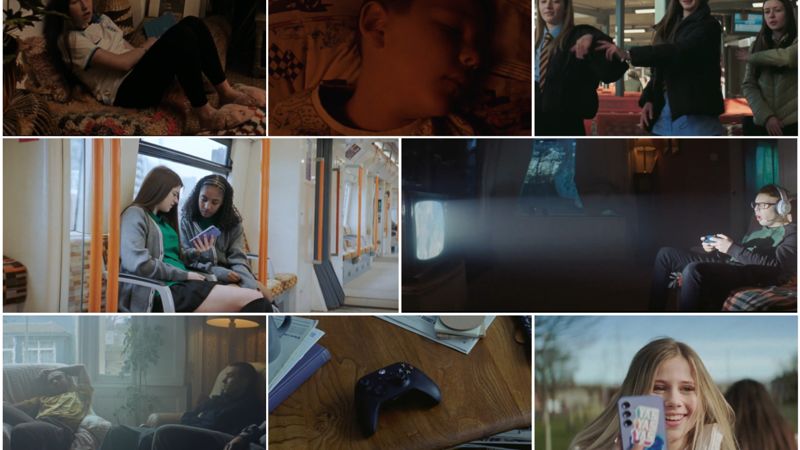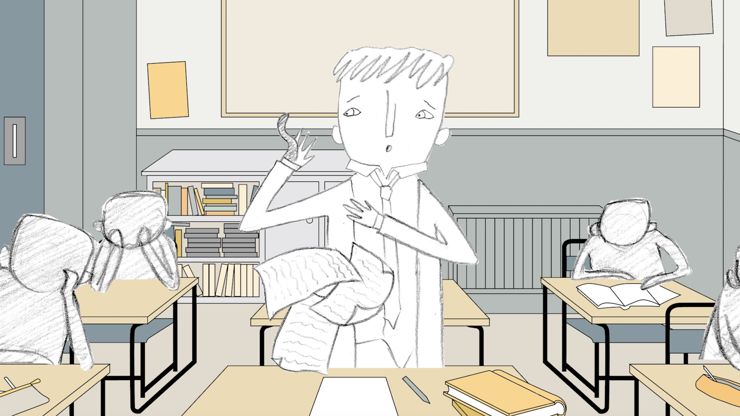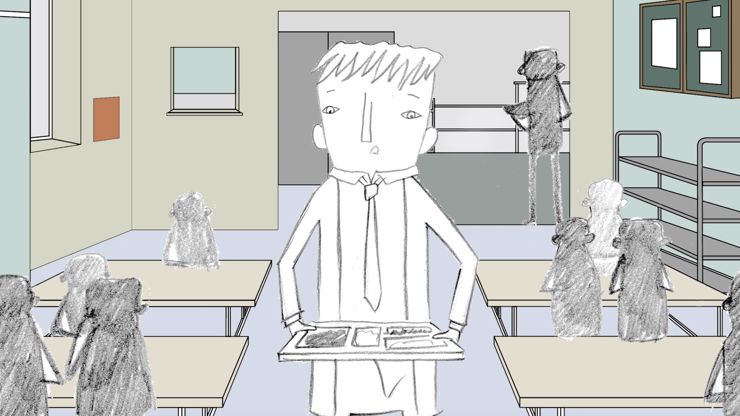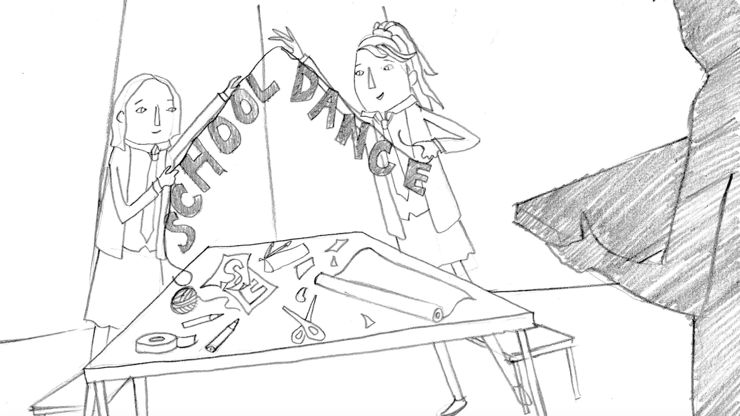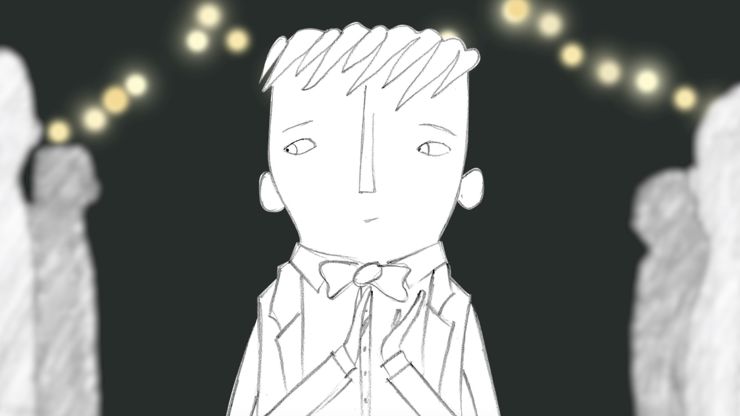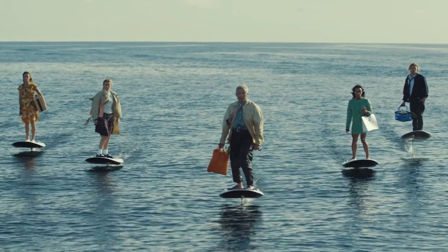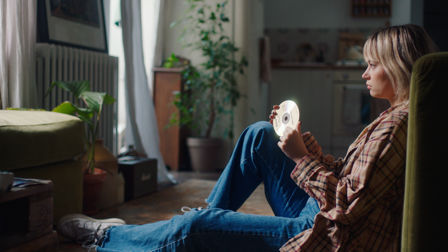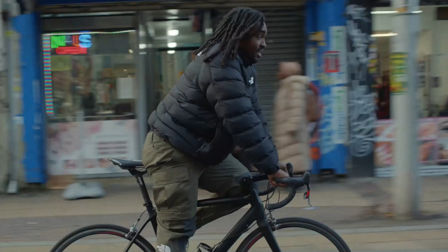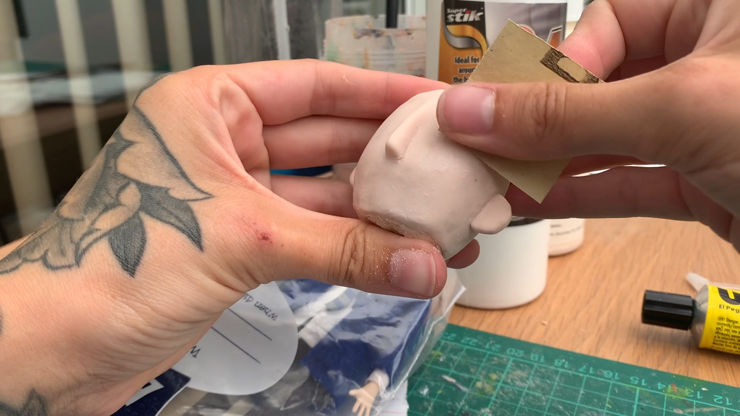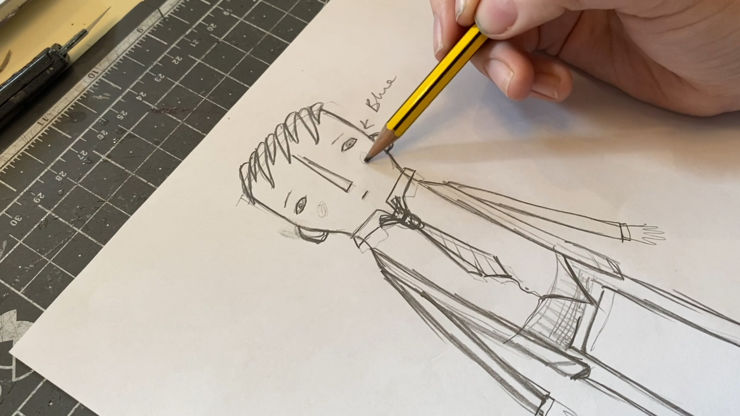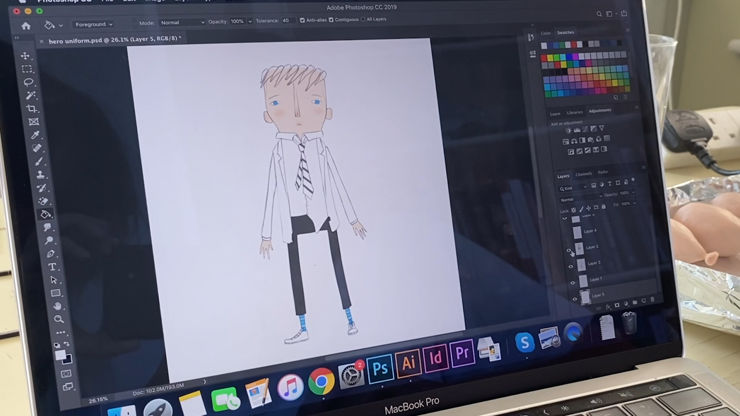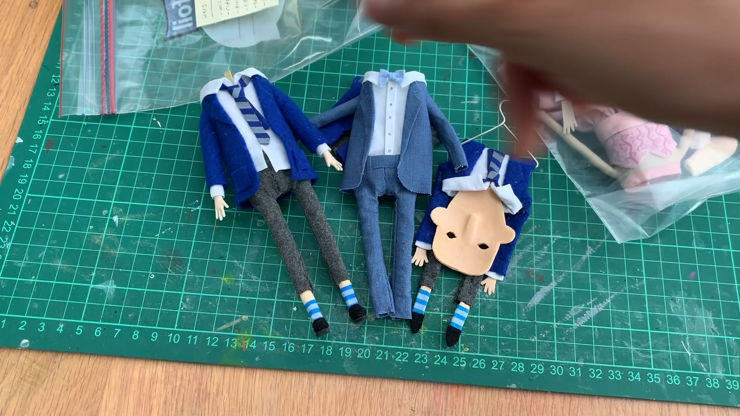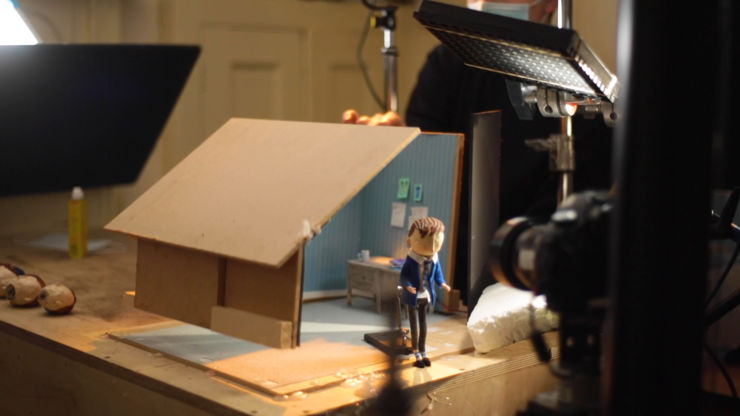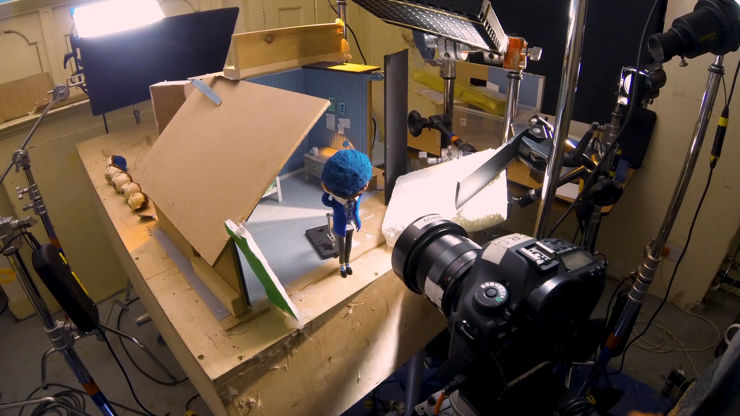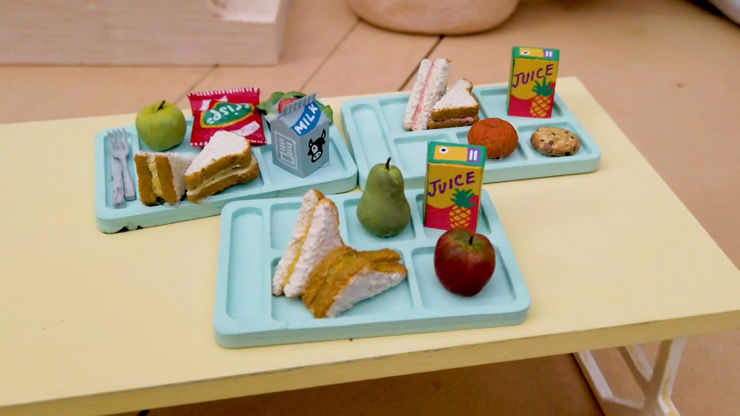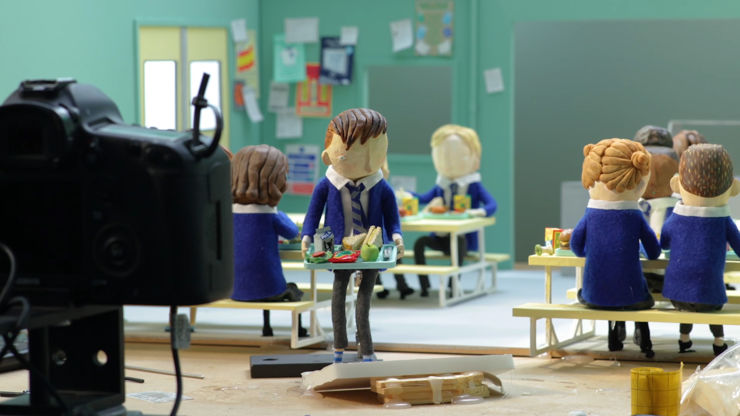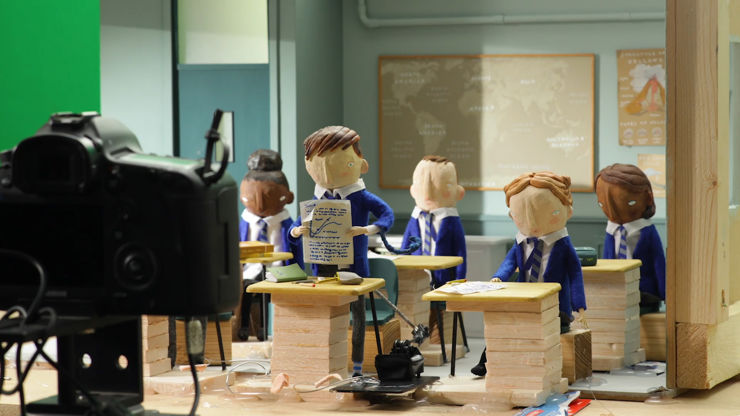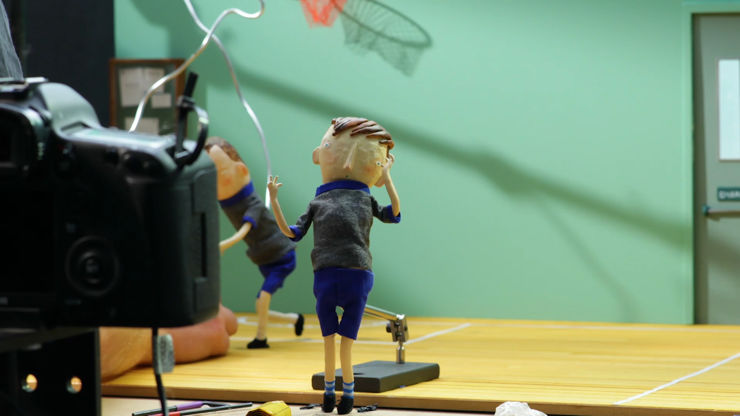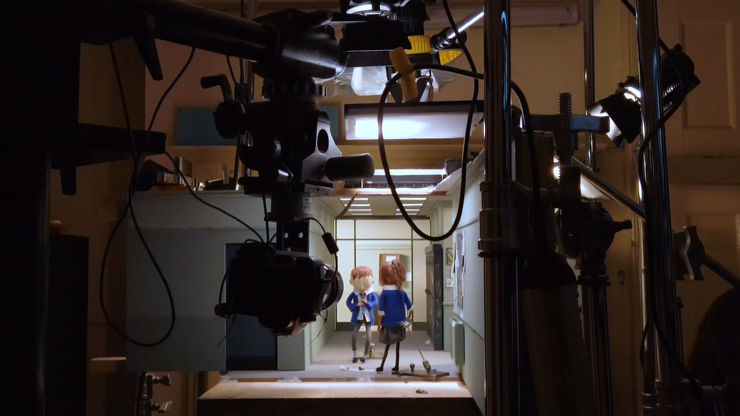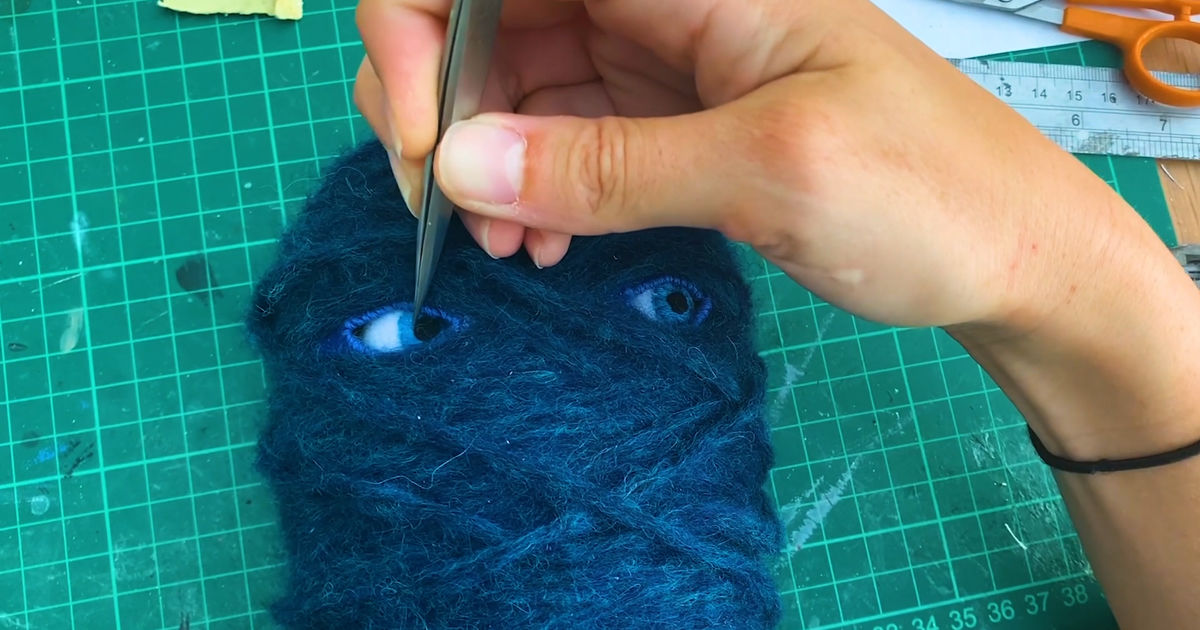How to get Radiohead to donate music for your ad
Lucas Peon, CCO at The Gate, sheds light on how his agency got permission to use a classic track, and why animation was the perfect medium for Childline's Nobody is Normal.
Playing on my weakness for stop-motion paired with the immediate nostalgia of Radiohead’s Creep, Nobody is Normal made me an instant fan of The Gate.
Working on something for months at a time, especially something as finicky as claymation, can sometimes be intimidating, but Lucase Peon, Chief Creative Officer at The Gate, says that working on this piece never really felt like a slog. We sat down to chat about the process, how he got Radiohead to donate the track, and what’s next for handmade stop-motion.
Credits
powered by
- Agency The Gate Worldwide/London
- Production Company Blink Productions
- Director Catherine Prowse
-
-
Unlock full credits and more with a Source + shots membership.
Credits
powered by
- Agency The Gate Worldwide/London
- Production Company Blink Productions
- Director Catherine Prowse
- Sound Major Tom
- Music Grand Central Recording Studios
- Chief Creative Officer Lucas Peon
- Creative John Osborne
- Creative Rickie Marsden
- DP and Colour Grader George Warren
- Animator Tim Allen
- Animator Tobias Fouracre
- 2D Animator and Compositor Tom Fisher
- Sound Designer Gary Turnbull
- Music Molly Butcher
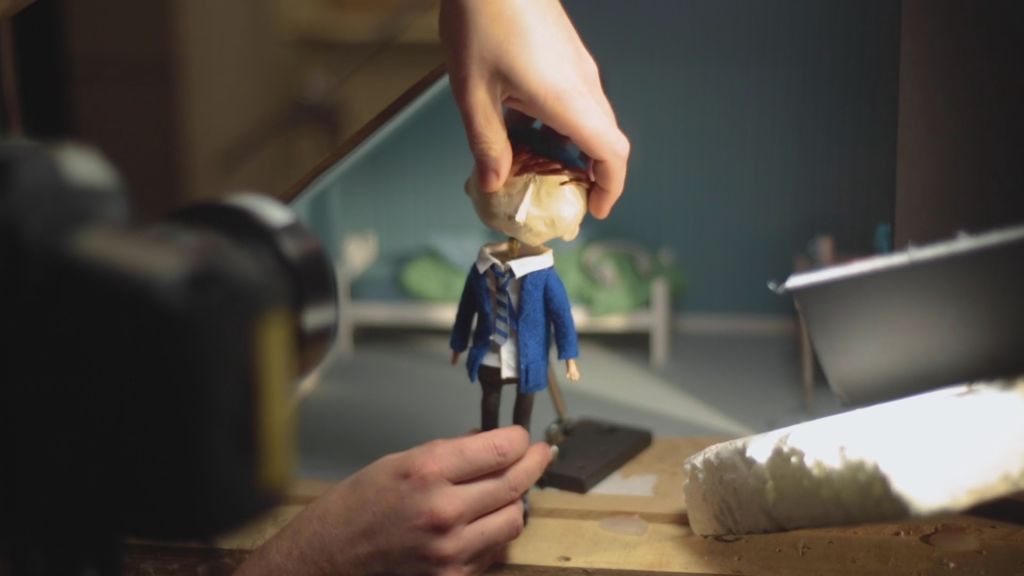
Credits
powered by
- Agency The Gate Worldwide/London
- Production Company Blink Productions
- Director Catherine Prowse
- Sound Major Tom
- Music Grand Central Recording Studios
- Chief Creative Officer Lucas Peon
- Creative John Osborne
- Creative Rickie Marsden
- DP and Colour Grader George Warren
- Animator Tim Allen
- Animator Tobias Fouracre
- 2D Animator and Compositor Tom Fisher
- Sound Designer Gary Turnbull
- Music Molly Butcher
When did you decide to use stop-motion?
Animation has a way of letting people’s imagination fill in the blanks. It allowed us to talk about feelings without the constraints of the factual world. The entire story is based on feelings. We wrote the script knowing that the story would require animation.
We wanted Nobody is Normal to have a human feel, so we looked into cell animation and stop motion. We went through a lot of reels, and what became evident was that we wanted something that felt handmade. Where you could feel the human craft behind it. We thought this style would make the story warmer, less distant, less posed, more honest. And when we met Catherine Prowse her style and her treatment convinced us that stop motion was the right way to tell this story.
What was the collaboration like with Blink Productions?
We wanted to give the script the best talent we could get. When Blink Productions showed interest in bringing the story to life, we were over the moon. From day one, their team just kept looking for ways into the story, they didn’t let any obstacle interfere with the ambition we all had. They introduced us to the director, Catherine. Since she’s also the actual animator and the model artist, from the moment she got involved, most obstacles disappeared. Because of the cause behind the film, the audience it needed to connect with, and the story itself, I think Nobody is Normal became everyone’s passion project.
Our [character] designs could have come from teenagers. They echo what they feel.
Our creatives at The Gate, Catherine and Rowdy, and Blink’s specialists formed one seamless team.
The team included a huge number of talented people, like Tim Allen, who was a key animator on Wes Anderson’s Oscar-nominated film Isle of Dogs, Fantastic Mr. Fox, and Tim Burton’s Corpse Bride. For months, we were able to give the story all the attention it deserved—from sketches to animatics, to character development, to model making, to animation.
Will stop-motion animation be utilized more in the future as people try to push the boundaries of animation to avoid live shoots?
I’m not sure what will happen. Stop motion animation is a fantastic method to tell stories. In this case, we certainly feel it was. But I think that choosing it only to avoid in person shooting would be wrong. Our industry has never been more diverse when it comes to approaches, techniques, and formats.
Animation has a way of letting people’s imagination fill in the blanks.
It’s never felt more open when it comes to choosing technical vehicles to communicate with our audiences. As creatives, we should be just as open, and choose the right approach for each story; avoid getting fixated with one method, avoid being predictable.
Why did you choose these designs?
Our agency line is 'Walk Through Walls'. It’s our North Star. To walk through the usual walls these types of messages face, we needed a story that speaks to young people in a way that is natural to them. The work needed to intrigue them enough to get their attention and move them enough to make them reflect and change their perspective. Our designs could have come from teenagers. They echo what they feel. They speak to how they communicate.
How did you get Radiohead on board?
It still feels like I’m going to wake up and realize it was a dream, that we never actually "got Radiohead". We owe it to our agency producer, Susie Innes. When everyone was saying, “forget it, they’ve never allowed their music to be used in an advert,” Susie said, “let me see what I can do.” She came back with the news that Radiohead had decided to donate the song!
Our agency line is “Walk Through Walls.” It’s our North Star.
We were blown away. I actually thought she was pulling our leg. But it all makes sense now. Donating their song to support Childline’s cause feels like the kind of thing Radiohead would do. With their donation, they are helping thousands of young people who feel like they don’t fit in or feel ‘normal’.
Was the music always a part of the pitch? It was so integral to the success of the film that it felt almost like the music came first and then the movie.
The story came first. Almost immediately though, right after the first draft of the script, we felt Creep was the song for it, but we didn’t allow ourselves to dream that big. We thought Radiohead would never allow us to use it so, we gave other songs the opportunity in our minds. But they wouldn’t cut it. The song really helps create the tone and injects huge doses of emotion. We are very thankful.
Each ‘real’ kid at the end of the film was so unique and fun...Who is your favorite teenaged creature from the film?
Our art director did a very thorough job designing each character to represent the different issues many children are struggling with, such as body image, sexuality, gender identity, and mental health. It’s hard to single out one design. But I have to say that the hero character is crafted so meticulously—its shape, its texture—that it definitely deserves that leading role.
Because of the cause behind the film, the audience it needed to connect with, and the story itself, I think Nobody is Normal became everyone’s passion project.
What’s your favorite stop motion film?
It’s hard to think of stop-motion and not go straight into Tim Burton’s The Nightmare Before Christmas.
)
